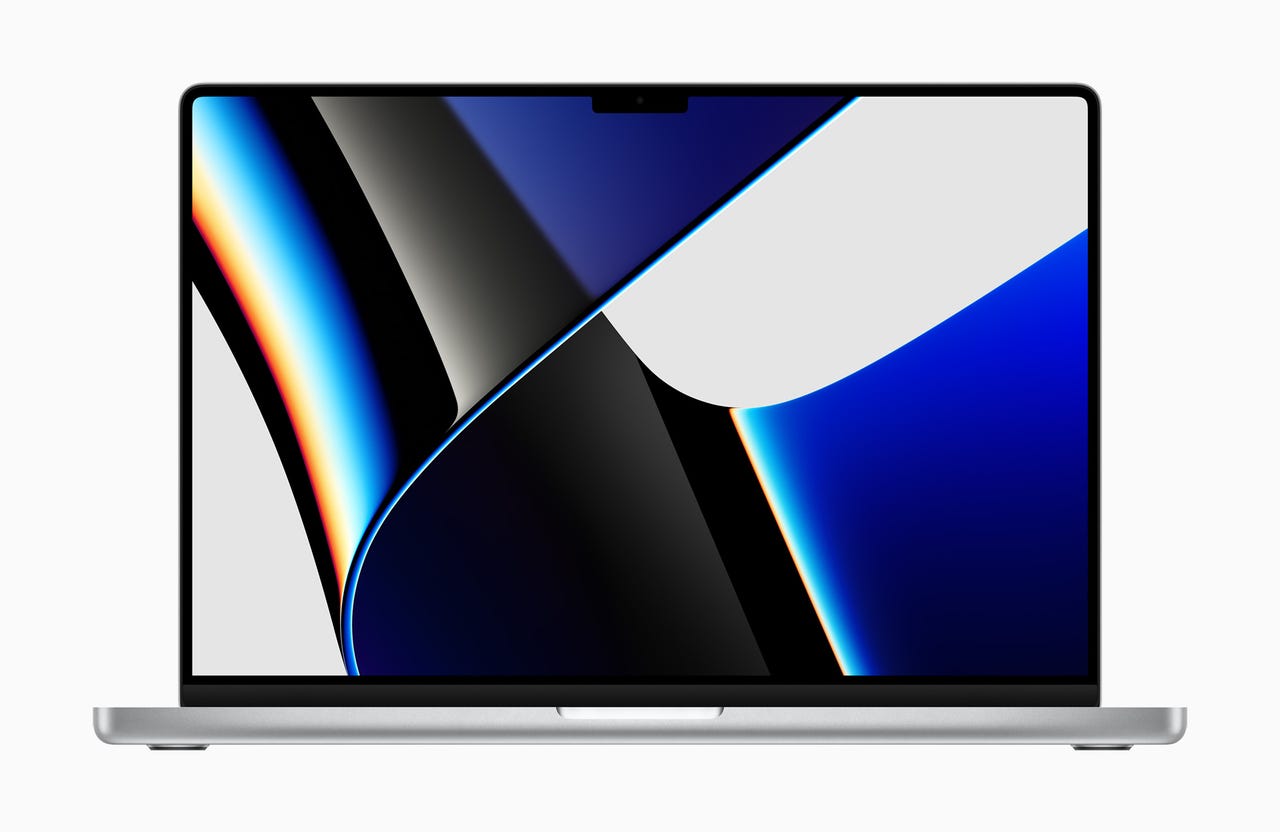Why your next laptop is going to be 16-inches


Laptops with larger displays used to be for gamers and creative pros. After all, road warriors wanted thin, light, and small-footprint laptops. Given the emergence of hybrid work, however, we're seeing more laptop makers go with 16-inch screens. They appeal to both home and work customers -- people who aren't going to tote around a four-pound device too often.
SEE: The deal on Apple's new MacBook Pro: You can spend more than $6K
Consider:
- Apple's new M1 Max MacBook Pro laptop comes with a 16-inch option, 32GB of memory, and 1TB of SSD storage. This system isn't cheap -- $3,499 to start -- but highlights the 16-inch laptop trend. The 16-inch M1 Max MacBook Pro weighs in at 4.7 pounds, which is a little over a pound heavier than the 14-inch version. But this laptop is likely to replace a desktop as much as a smaller PC.
- HP recently launched its Spectre x360 16-inch 2-in-1 laptop starting at $1,630 and powered with an 11th gen Intel Core i7 processor. HP previously stuck with 16-inch laptops for gaming.
- Dell has eight laptop models with 16-inch screens in its consumer Inspiron Plus 16 lineup and six designed for business.
- Lenovo previously kept its 16-inch displays for its Legion gaming lineup but has launched new ThinkBooks with a 16-inch option. If the trend holds, you can bet Lenovo will be rolling out more 16-inch laptops.
Now the trend toward laptops weighing in at more than 4 pounds may not hold forever, but Acer CEO Jason Chen noted that as screen sizes are growing, the chassis is also becoming thinner and lighter. Education is also driving larger screen sizes; that 11-inch Chromebook you thought was good enough to lug around school isn't going to cut it in a hybrid education model.
What's going on with the great laptop screen upsizing? Here are a few reasons.
- Acer Pan-America chief Gregg Prendergast said in an interview that customers are upsizing displays for home and work as well as specifications. "People are buying larger screens. If people are sitting at home, they want premium equipment," said Prendergast.
- Laptops are often shared in families and used for education, work, and entertainment.
- The visual experience is better on larger screens.
- The 16:10 aspect ratio for consumption and creation on devices works better for entertainment and higher refresh rates.
- Laptop makers can offer larger screens on the same 15-inch chassis due to smaller bezels as well as other design changes that preserve footprint at the same weight.
Bottom line: With holiday PC launches as well as CES in January, there will be a bevy of new laptop launches with a 16-inch screen option.
Looking ahead, the 16-inch screen may be the first step in the great screen upsizing. Acer's Chen noted that one of the company's surprises is that 17-inch Chromebook demand is surging. These are typically shared family devices, but don't be surprised if rank-and-file workers also get bigger screens. Typically, 17-inch laptops were reserved for the workstation crowd.
ZDNET'S MONDAY MORNING OPENER
The Monday Morning Opener is our opening salvo for the week in tech. Since we run a global site, this editorial publishes on Monday at 8:00am AEST in Sydney, Australia, which is 6:00pm Eastern Time on Sunday in the US. A member writes it of ZDNet's global editorial board, which is comprised of our lead editors across Asia, Australia, Europe, and North America.
PREVIOUSLY ON MONDAY MORNING OPENER:
- Physical webcam covers not included on big spend for a new MacBook Pro or Dell XPS
- Developer skills have changed. But most companies haven't noticed yet
- Asynchronous videos: Can the TikTok generation save us from meeting overload?
- Hunker down: The chip shortage and higher prices are set to linger for a while
- Remote working jobs row shows how much tech has changed
- Enterprise technology vendors rev up the workflow buzzword machine
- Apartment living is the frontier for 5G home internet
- If you want to understand how tech is changing, you need to follow the money
- Return to work meets hybrid office: The 6 looming questions.
- Apple's iOS 15, iPad OS 15, and MacOS Monterey updates aim for businesses